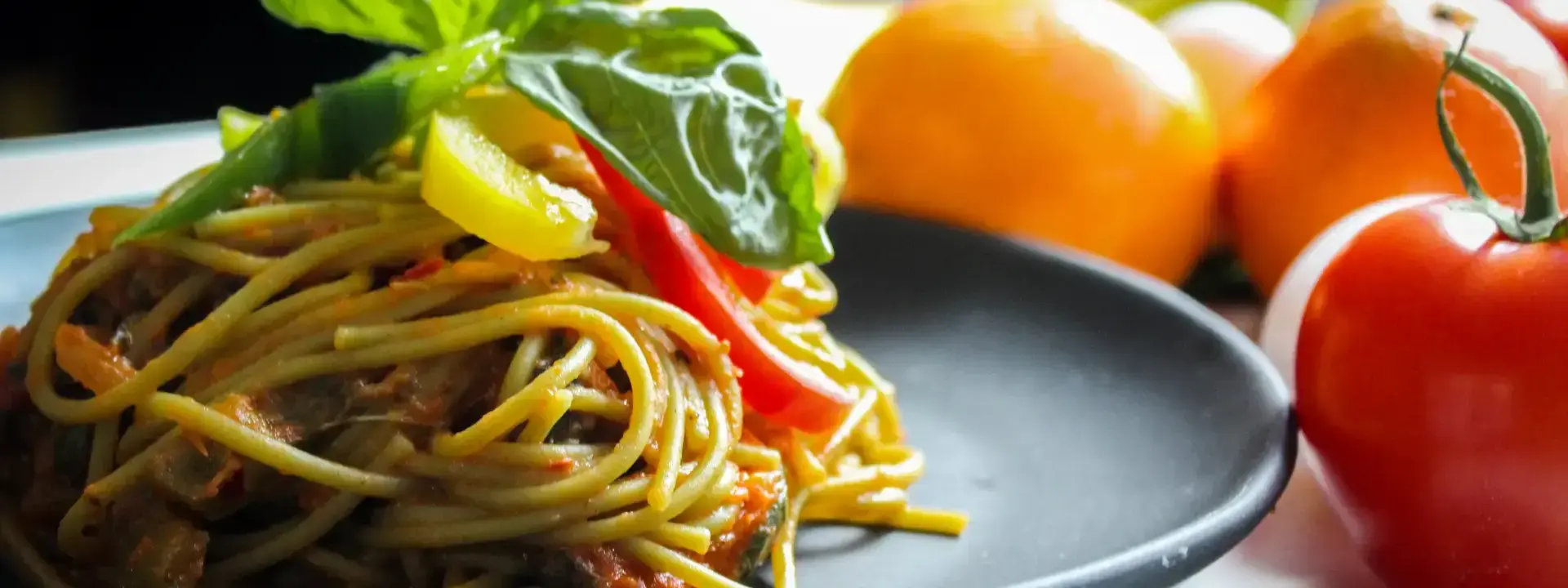
Food Photographer Job Description
What is a Food Photographer Professional?
A food photographer is a professional who takes pictures of food for use in advertisements, menus, cookbooks and other publications. Food photography has come to be appreciated as an art form in its own right. Some food photographers have become well-known artists, such as Annie Leibovitz and Mario Testino. The first step to becoming a successful food photographers understanding the difference between taking pretty snapshots of your dinner plate and creating beautiful works of art that tell a story or make an emotional connection with viewers.
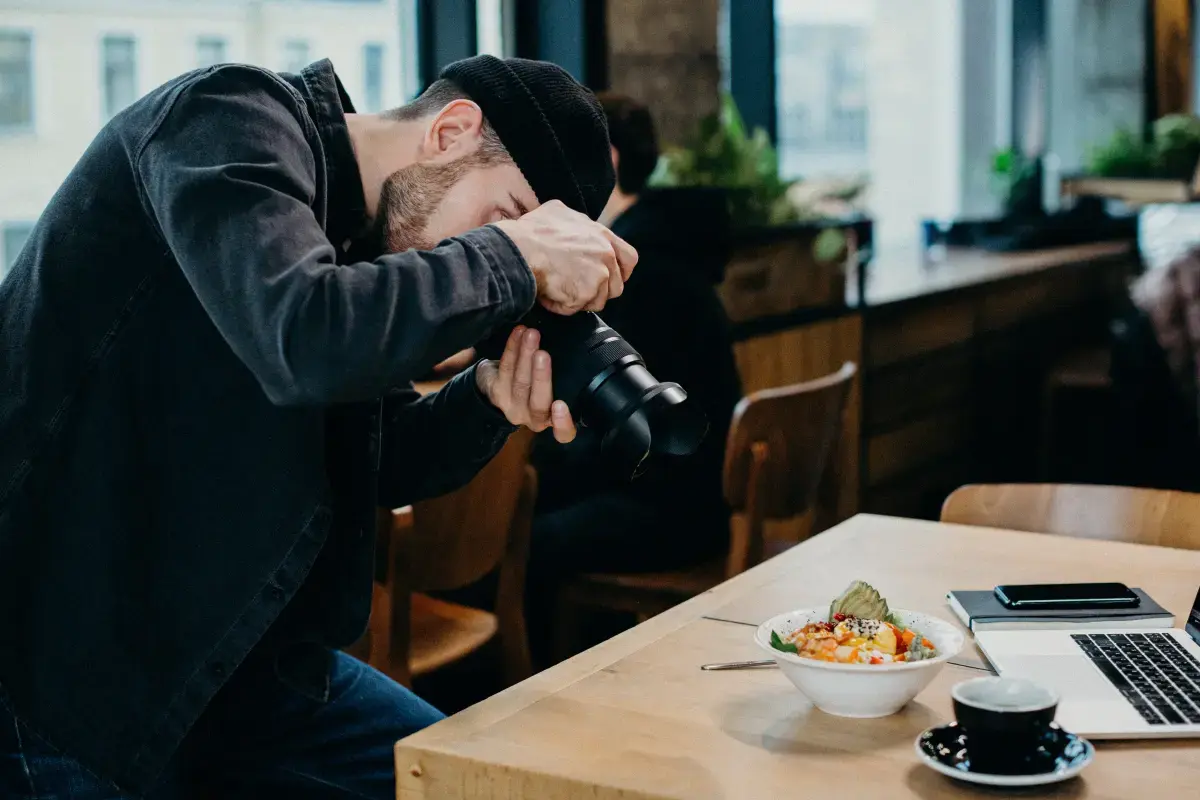
What does a Food Photographer Expert do?
If you want to do more than just document whats on your plate, here are four tips: 1) Use props wisely– A good rule of thumb is that less is more when it comes to using props in your photos. Overloading your shots with too many forks, knives, plates and glasses will only serve to distract from the real star of the show–the food! When choosing props, think about how they can add texture or contrastto your image without overpowering it.
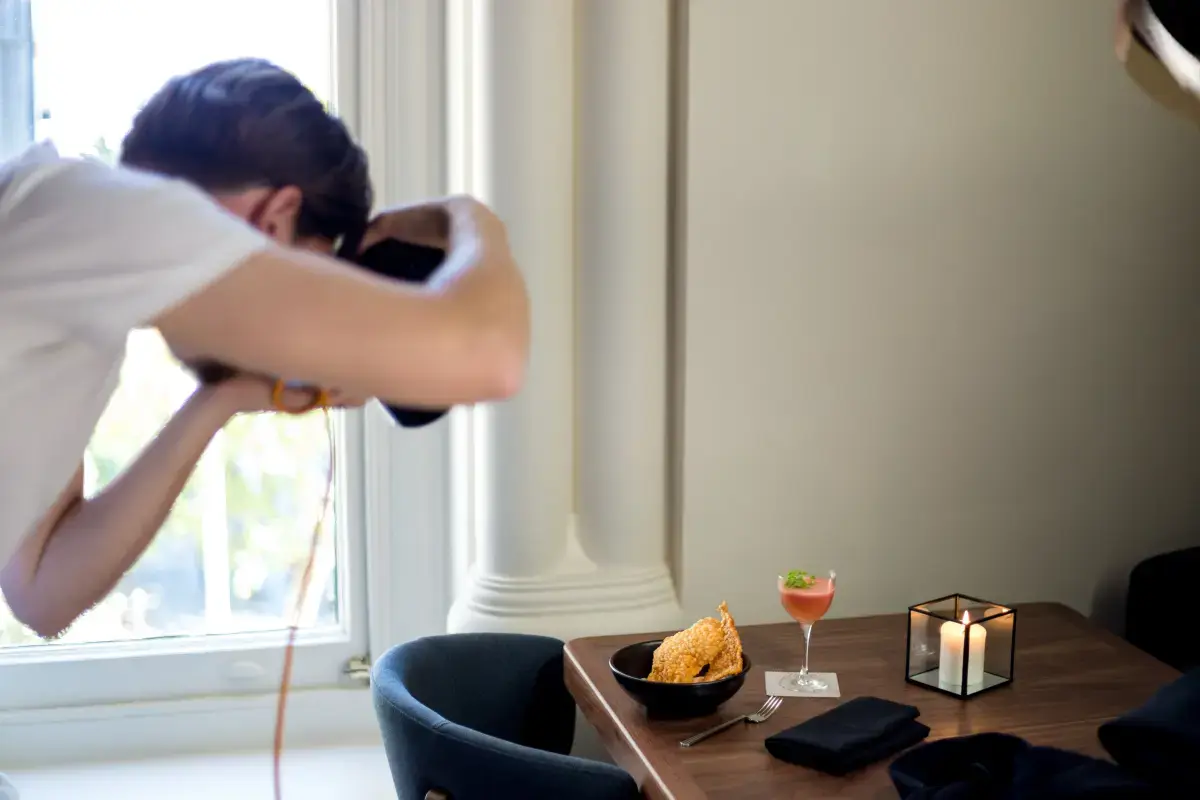
What are the Skills of a Food Photographer?
A food photographer is someone who captures images of prepared dishes for use in publications such as cookbooks, magazines, menus or other similar materials. Food photography can be challenging because not only does the final product need to look appetizing, but all of the elements within the frame must work together compositionally to create a visually appealing image
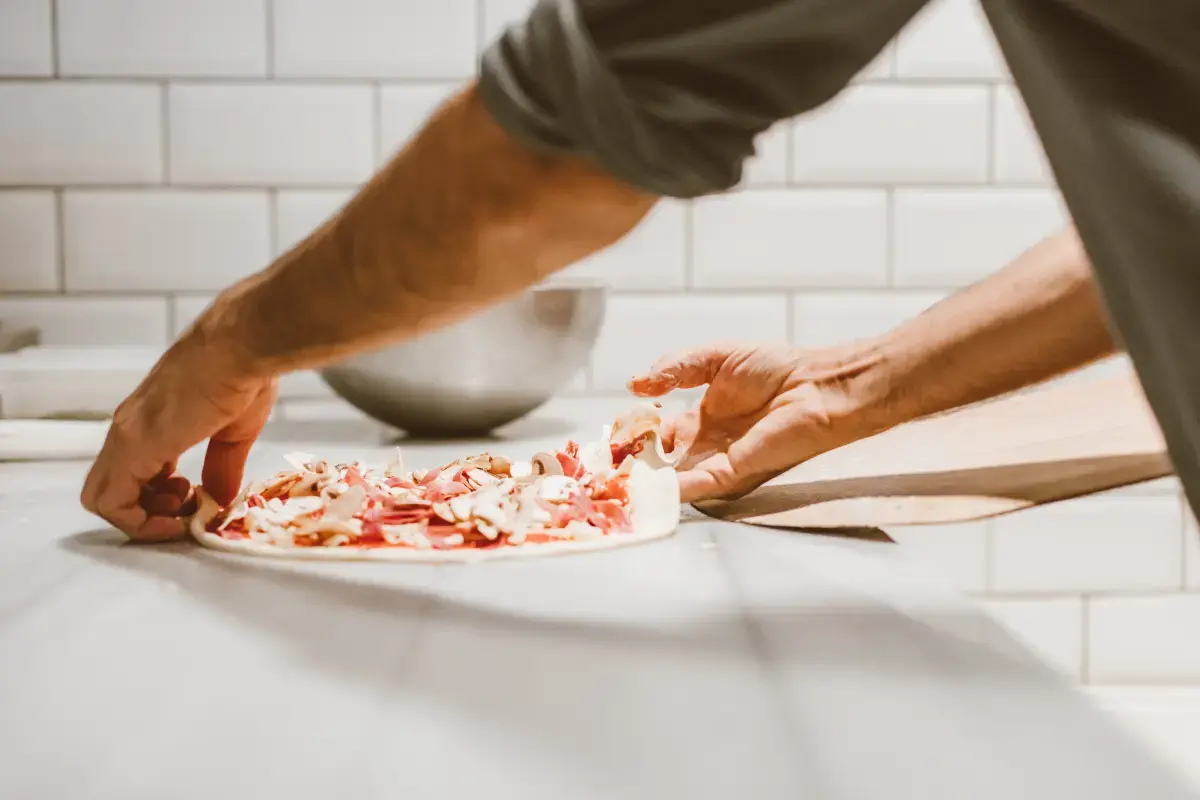
What makes an Expert Food Photographer?
You’ll Need an Eye for Composition: Just like any other type of photography, good composition is key in food photography
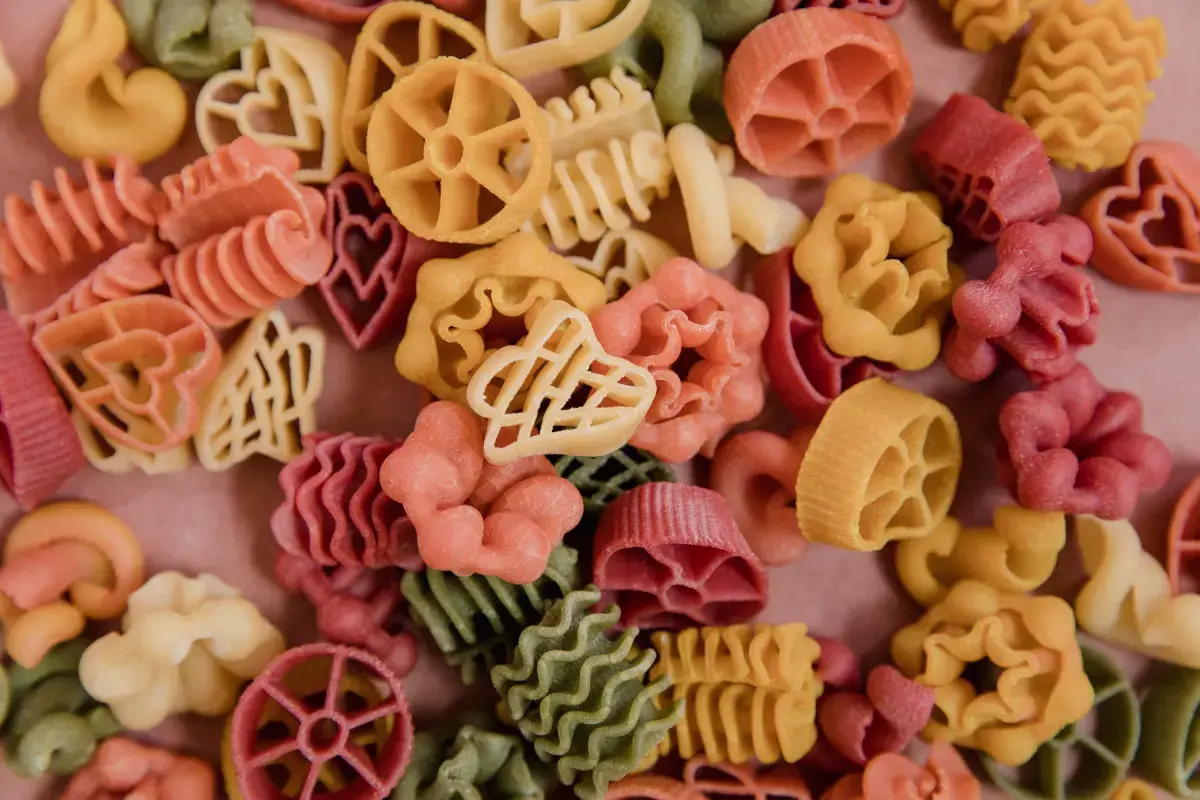
What level of Experience & Qualifications are required to be a Food Photographer?
Education: Bachelor degree in photography or related field; familiarity with the principles of food styling • Training and Qualifications: Working knowledge of professional camera equipment and techniques; mastery of manual settings, lenses and filters to obtain specific looks; basic understanding of lighting techniques including studio lighting, natural light/locations, and post-processing tools. • Industry Experience: Professional portfolio demonstrating broad experience shooting all types of dishes or product shots such as still life images, editorial spreads, advertisements etc.; proven skill in use of food photography proper composition & angles for best effect as well as proficiency in photo retouching and editing software. • Knowledge: Knowledgeable about image rights & regulations (copyrights), current trends & tastemakers in the industry. A good understanding on layout styles that are used for marketing material such restaurant menus etc.; ability to interpret a client’s desired visual look. • Skillset: Strong interpersonal skills to build relationships with clients while on-set; familiarity with production workflow from prepping before shoot day through execution and final delivery; keen eye for detail & high level precision when selecting props & other small details that enhance an evil shot.
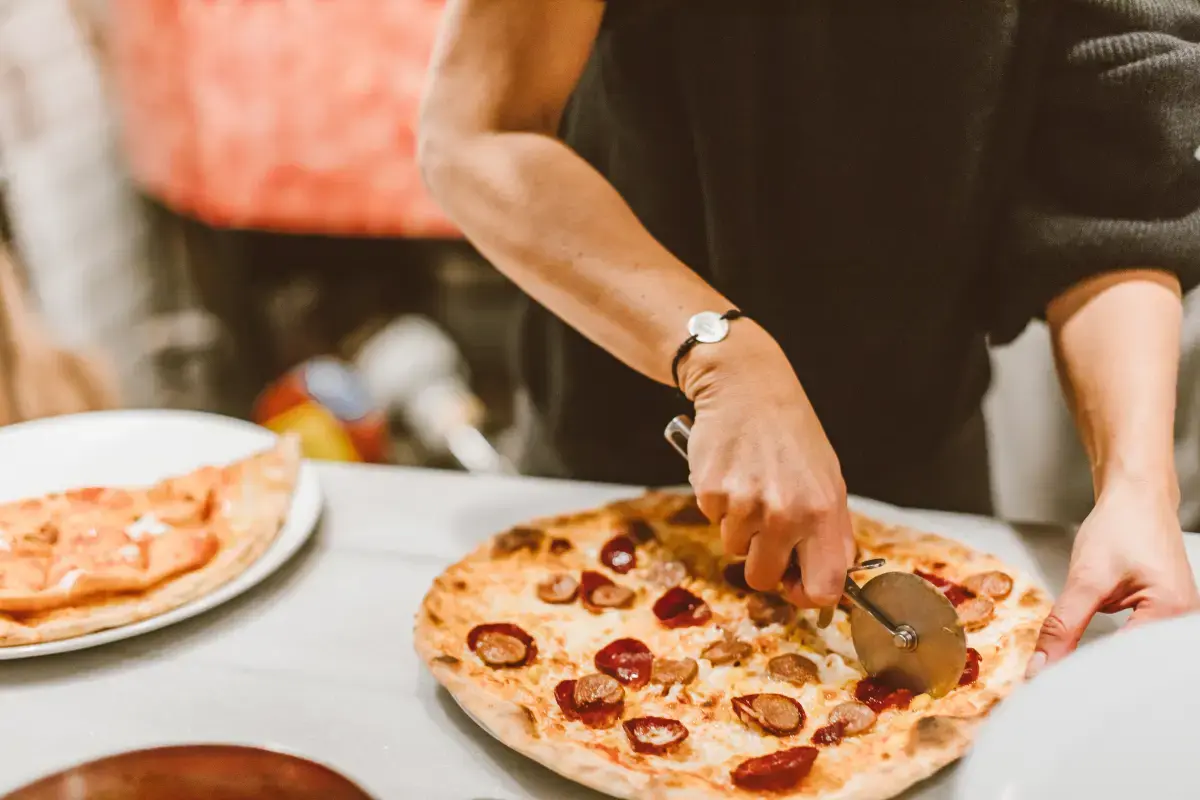
What is the Salary of a Food Photographer?
Food photography salary expectations vary greatly from junior to senior levels. At the junior level, a food photographer may earn between $15-25/hour or approximately $30,000-50,000 per year. Job duties at this level typically involve photographing food and beverages for restaurants and other clients. This can include taking still shots of product displays or actual ingredients being used in recipes, as well as setting up studio shots of prepared meals or plated dishes. Junior photographers may also be responsible for retouching images and preparing them for digital distribution. At the mid-level experience range, which usually requires a few years of professional work experience and an increasing portfolio of work with various brands and clients, salaries will likely increase to around $40-60/hour or about $85k-$120k annually before taxes depending on location and experience. Those in this tier tend to take on freelance projects more often than traditional staff positions as they build their industry credentials further while refining their craftsmanship makeup artistry skills further . Mid-level photographers may begin securing contracts with larger agencies working with national beverage companies along with increased high profile campaigns from premium restaurant brands launching menu items that require higher production levels than those provided at entry level locations typically do . Finally at the senior level , once considerable success has been achieved in both editorial print roles alongside commercial ad campaigns where client budget is much greater , some experienced food photographers can achieve incomes reaching into six figures ( 100K+ ) , certainly dependent on negotiating skill but ultimately based upon delivering exceptional results that lifestyle & hospitality entities need when advertising certain merchandise respectively . Creative direction within these large corporate opportunities tend to become more collaborative over time allowing seniors art directors & producers access towards creative control but either way—professionals spanning all stages within the space are able secure livable wages through exhibiting expertise & running relations when commissioned by teams nationally
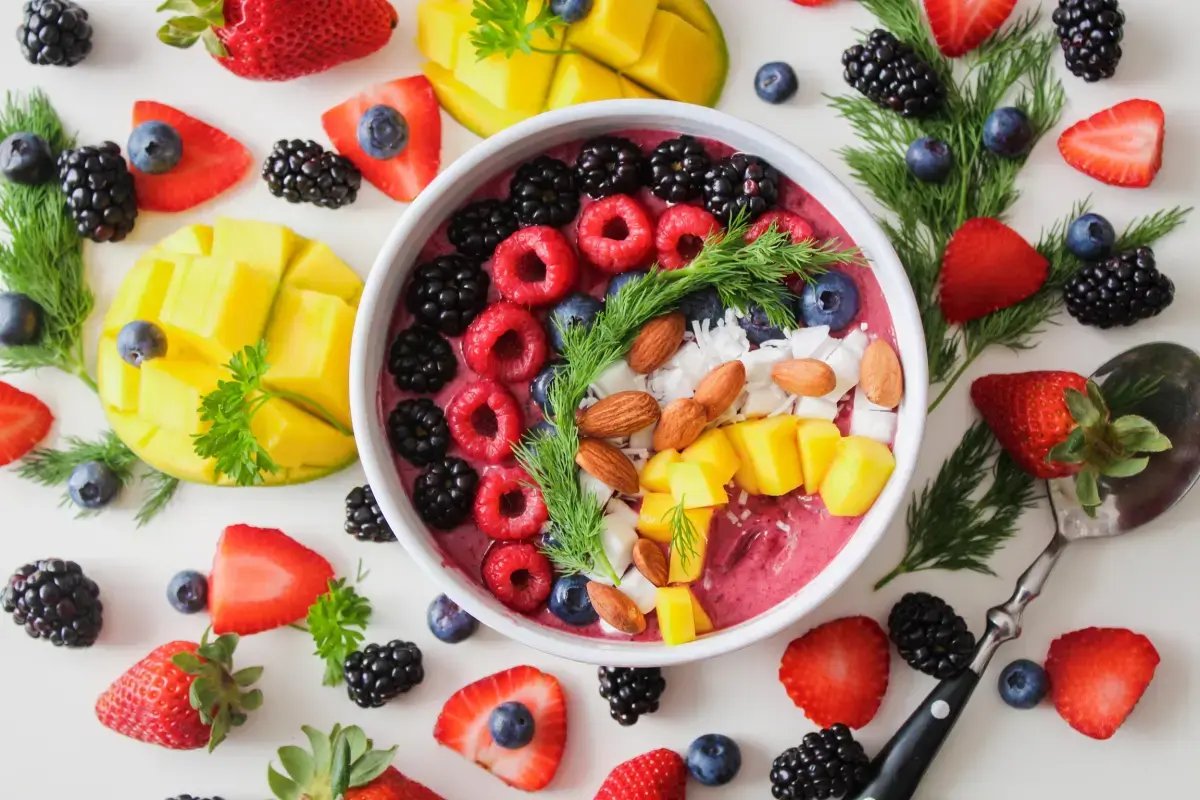
What are the Working Conditions for a Food Photographer?
The general working conditions for a food photographer are often quite flexible, as many photographers work on individual projects or can be hired by restaurants and publications. Generally speaking, food photography will involve both shooting in the studio and on location, so expectations may vary depending on where the shoot is taking place. In the studio: Food photographers usually work with a combination of natural light and artificial lighting systems in order to create unique effects. To bring out textures and details in the composition, close-up shots of the food may be taken from various angles using specialized lenses such as macro lenses or zoom lenses. Photographers may also use backdrops and scrims to direct lights onto their subject matter for added drama or texture. Studio shoots are typically conducted over several hours as portraiture photographs may require multiple takes after making subtle changes between each take. On location: For shoots outside of a controlled environment such as at a restaurant or outdoors at markets, being prepared means carrying all essential equipment necessary both before arriving there (including cameras, tripods) but also any props that could aid you while there (such reflectors/scrims). Different environments tend to throw up different challenges such as uncontrolled lighting levels which one has to adapt their camera settings too accordingly – quick reactions are highly valued here! Props must also be sourced either ahead if an agreed budget allows it otherwise this should come fully out of your own pocket if required; once you have everything ready though you can plan positioning areas etc beforehand so things run smoother during your time scheduling slot! Lastly organization prior to shooting helps too - planning thoroughly what type of shots one desires firstly from background style through how plates will presentation sits despite sudden curveballs thrown up once face-to-face with actual product offered versus detailed brief forwarded beforehand for example shows ones worth when it comes down flexible evaluation over quality results delivery !
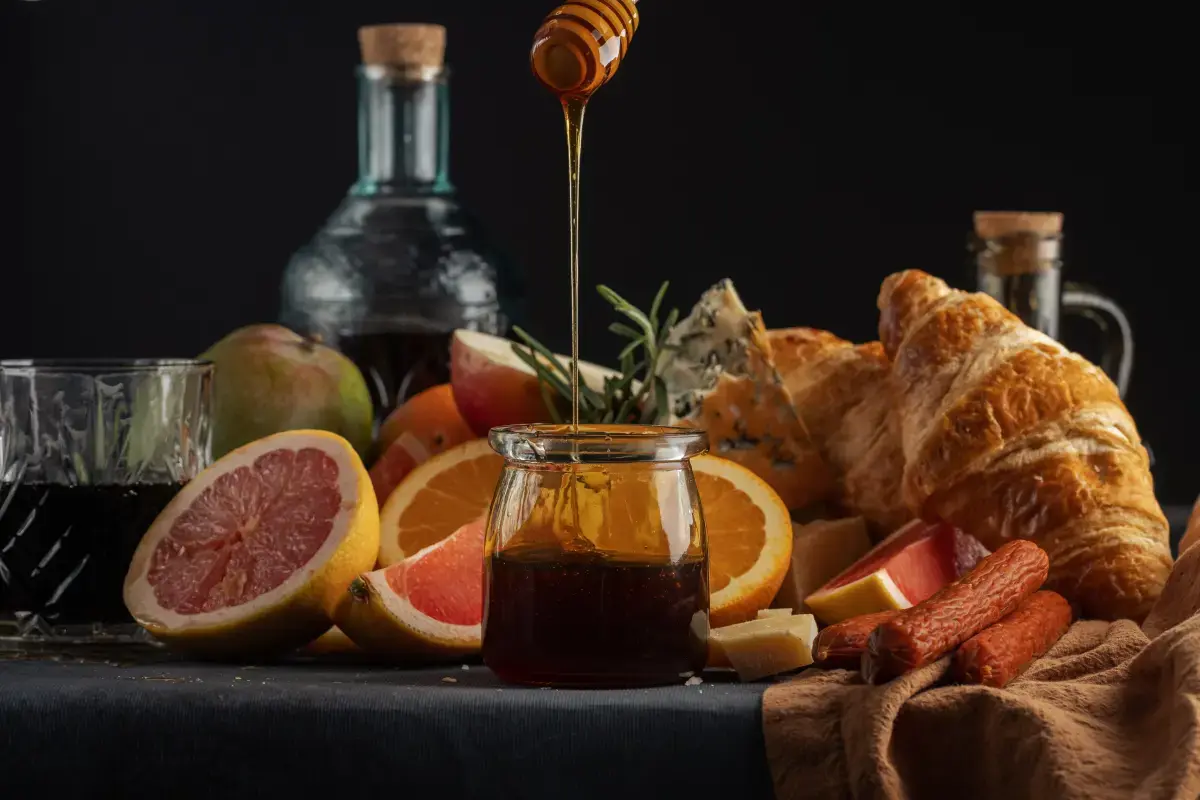
What are the roles and responsibilities of a Food Photographer?
Meeting with clients to discuss their needs and vision for the project
Collaborating with food stylists, prop stylists, and other creatives on set to bring the clients vision to life
Planning and executing shoots from start to finish, including pre-production logistics such as sourcing locations and renting equipment
Operating cameras, lights, and other photography equipment during shoots
Capturing beautiful shots of prepared dishes while maintaining freshness & composition standards required by the client
ensuring that all images meet food safety guidelines before release
retouching photos post-shoot using Photoshop or Lightroom according to the clients preferences
delivering edited images promptly after completion of a shoot per agreement
holding copyright for all final photographs unless otherwise specified in a contract
negotiating prices & licenses for publication rights when working with stock agencies or direct clients
watermarking digital files upon delivery so unauthorized usage can be tracked more easily
providing behind-the-scenes photo/video coverage at cooking classes , events , festivals , etc., as needed
teaching workshops & private mentorship sessions related to food photography
becoming well versed in social media marketing tactics specific t Instagram o reach new audiences effectively promoting ones work
writing blog posts about personal experiences within the industry sharing helpful tips tricks
collaborating
cross - promotion
planning + organizing
communicating & creating

Where can I find Food Photographer jobs?
- Create a profile on gigexchange and promote your Food Photographer skills to advertise you are Open to New Work Opportunities
- Ensure your Resume (or CV), or online work profile is up to date and represents your skills and experience. Ensure your reputation reflects your ability & attitude.
- Apply for Food Photographer Jobs advertised on gigexchange.
- Practise Food Photographer interview techniques to ensure you represent your personality and ability succinctly and confidently.
- Accept the job offer if the salary meets your expectations and the employer mission and purpose reflects your core values.
Jobs
What are the best job boards for Food & Drink Photography jobs?

How can I hire Food Photographer staff online for my business?
The best job board for recruiting Food Photographer experts is gigexchange.com. Advertise full-time, part-time or contract jobs to find, hire & recruit trusted, experienced and talented Food Photographer candidates near you.
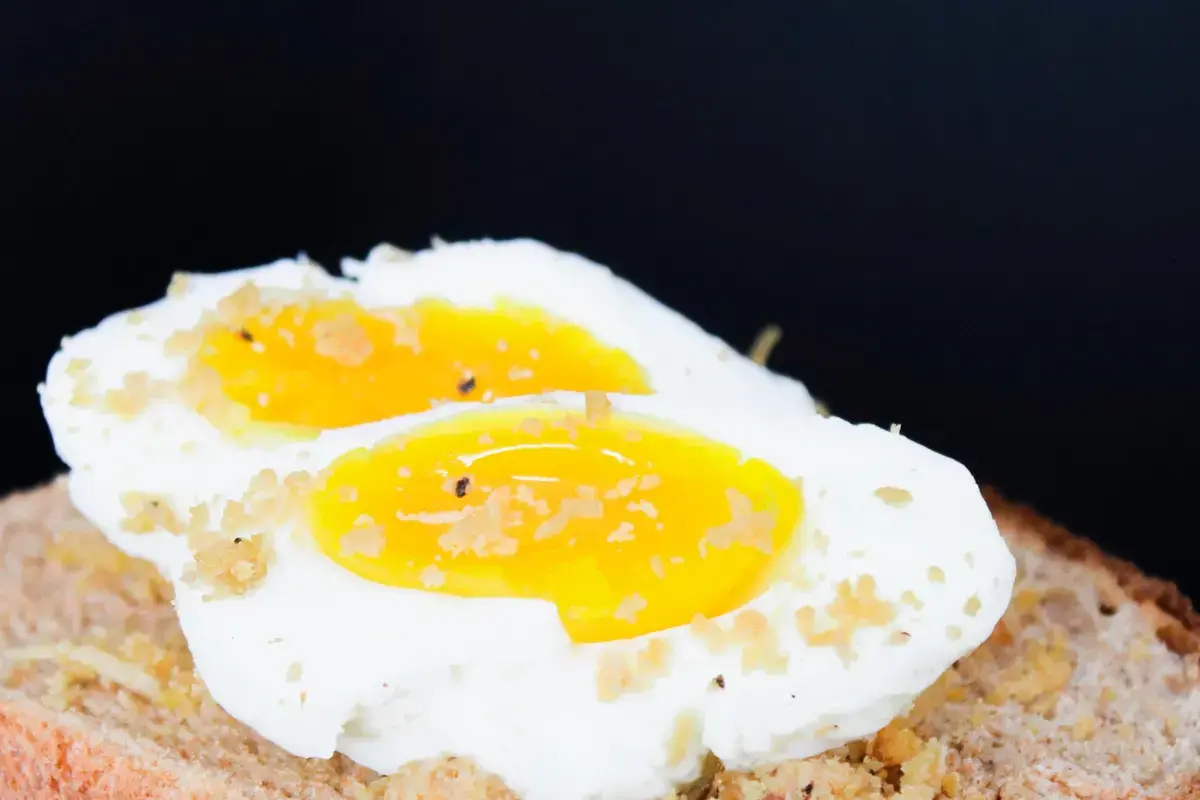
Are Food Photographer roles in demand in 2026?
Food Photographer experts are still in high demand in 2026. If you are an experienced Food Photographer or looking to train and become one. The job market is looking strong for Food Photographer jobs near me.